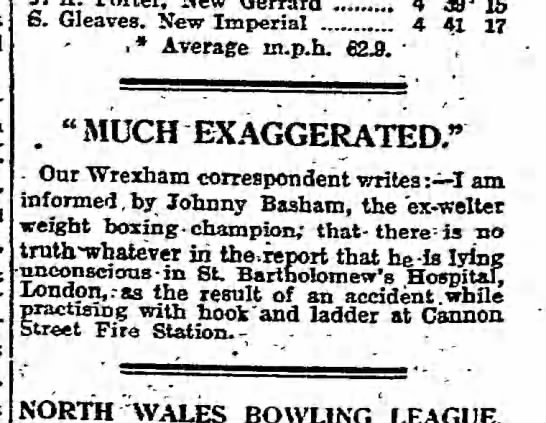Over the last couple weeks I’ve discussed various aspects of “Multi-Olympians” – Olympians who competed in both the Summer and Winter Olympics, Olympians who competed in two or more sports, and Olympians who competed for two more nations. To finish this travelogue, today we’ll have a short look at Multi-Olympians who simply competed at more than one Olympics.
From 1896 to 2018 we have 135,356 “Olympians” in our database. Our definition of an “Olympian” is somebody who is known to have actually competed at the Olympics, and we’re fairly strict about that. There are a few missing Olympians from the early Games that we have not identified, but the current count includes 114,751 Summer Olympians, 20,463 Winter Olympians, and the 142 Olympians who competed at both Games.
Of these Olympians, what are the odds of competing in more than one Olympics? With the postponement of the 2020 Tokyo Games, this has become of some interest as the media has been interested in how many Olympians only compete at one Olympics and never get a second chance.
And the answer is – 72.2% of Olympians have competed in only one Olympic Games from 1896 to 2018. Thus, slightly more ¼ of all Olympians, or more precisely, 27.8% or 37,638 Olympians, have competed in more than one Olympics.
Of these the breakdown for how often they have competed is as follows:
| Games | ### | %%% |
| 10 Games | 1 | 0.0% |
| 9 Games | 2 | 0.0% |
| 8 Games | 10 | 0.0% |
| 7 Games | 31 | 0.0% |
| 6 Games | 145 | 0.1% |
| 5 Games | 554 | 0.4% |
| 4 Games | 2,236 | 1.7% |
| 3 Games | 8,245 | 6.1% |
| 2 Games | 26,414 | 19.5% |
| 1 Games | 97,718 | 72.2% |
For the record the athlete who competed in 10 Olympics is Ian Millar, a Canadian equestrian rider, who appeared at the Olympics from 1972-2012, missing only in 1980 because of the US-led boycott of the 1980 Moskva Olympics. The 2 athletes competing in 9 Olympics were Austrian sailor Hubert Raudauschl, who was at every Olympics from 1964 to 1996; and the Latvian/Soviet shooter Afanasijs Kuzmins, who competed in 1976, 1980, and 1988 for the Soviet Union, and from 1992-2012 for Latvia.
The record among women is held jointly by three Olympians who competed at 8 Olympics – Josefa Idem-Guerrini, a canoeist who competed for both Italy and the Federal Republic of Germany (West) from 1984-2012; Lesley Thompson-Willie of Canada, a rower who competed from 1984-2016, missing 2004; and Nino Salukvadze, a sport shooter who competed for the Soviet Union, the Unified Team, and Georgia from 1988-2016.
At the Winter Olympics, Japanese ski jumper Noriaki Kasai has uniquely competed at 8 Winter Olympics from 1992 through 2018, and he’s still going. Among women, Claudia Pechstein, a German speed skater, competed at 7 Winter Olympics, the record for women at the Winter Games, from 1992 to 2018, missing the 2010 Vancouver Winter Olympics in a doping controversy.
For those who competed at both versions of the Olympics, 5 women competed at 6 different Olympiads: Kateřina Neumannová – CZE/TCH; CCS/CYC; 1992-2006; Evgeniya Radanova – BUL; CYC/STK; 1994-2010; Clara Hughes – CAN; CYC/SSK; 1996-2012; Hayley Wickenheiser – CAN; ICH/SOF; 1998-2014; and Jaqueline Mourão – BRA; BIA/CCS/CYC; 2004-2018. Of course, the ubiquitous Seiko Hashimoto, Japanese cyclist speed skater, competed at 7 Olympics from 1984-1996, although she competed in both sets of Games in 1988 and 1992.
And there you have it.








